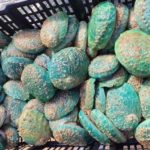If you’re looking to care for an adorable French Bulldog but don’t know where to start, this article is for you! We’ll be covering everything from the origin and characteristics of French Bulldogs to their care, training, and pricing. So, if you’re considering adding one of these cute canines to your family, read on for all the essential information you need to know.
1 Origin of French Bulldogs
The French Bulldog, or Bouledogue Français in its native tongue, originated in England in the 1860s. French dog breeders imported a number of these dogs and crossbred them with French ratters, thus creating the French Bulldog.
These dogs are popular companions due to their playful nature and adorable appearance. While they may not be the most active breed, they are highly effective ratters.
 The Origin of French Bulldogs
The Origin of French Bulldogs
2 Characteristics of French Bulldogs
Physical Traits
Body
French Bulldogs have muscular bodies and short legs, with an average height of around 30cm. Adult females typically weigh between 9 and 12kg, while males weigh between 10 and 14kg.
Their body shape resembles a pear, with broader shoulders than hips. Additionally, their coat is smooth and sleek.
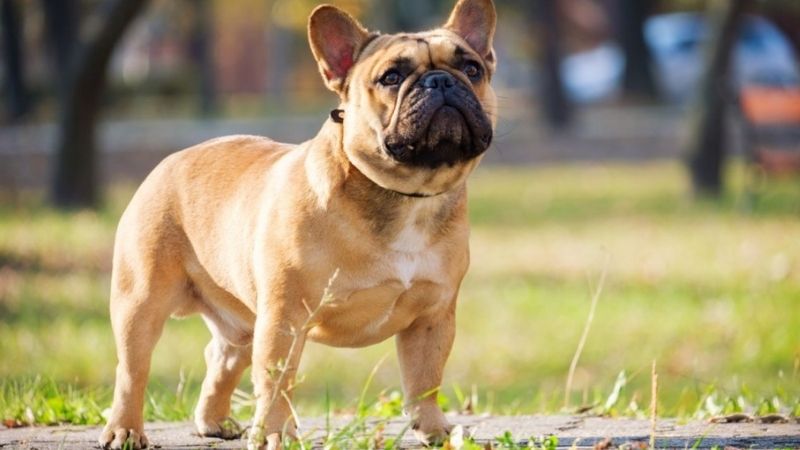 Physical Characteristics of French Bulldogs
Physical Characteristics of French Bulldogs
Head
French Bulldogs have a slightly square-shaped head, smaller than that of the English Bulldog. Their ears are large and erect, their eyes are prominent and dark, their nose is flat, and their jaw is strong and robust.
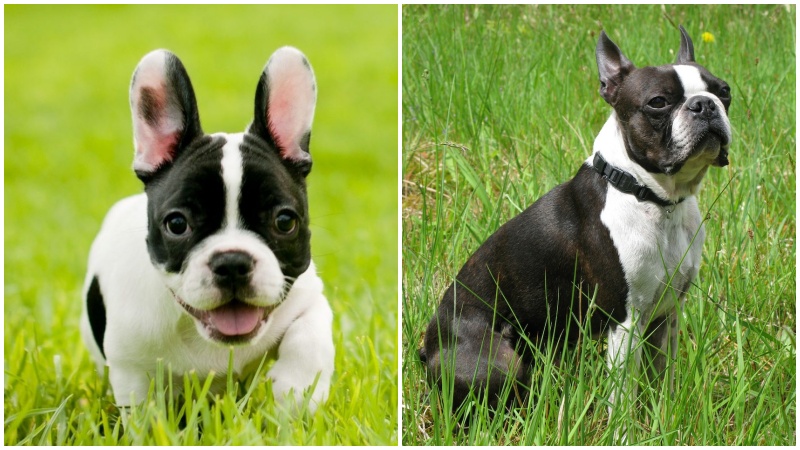 Physical Traits of French Bulldogs
Physical Traits of French Bulldogs
Personality
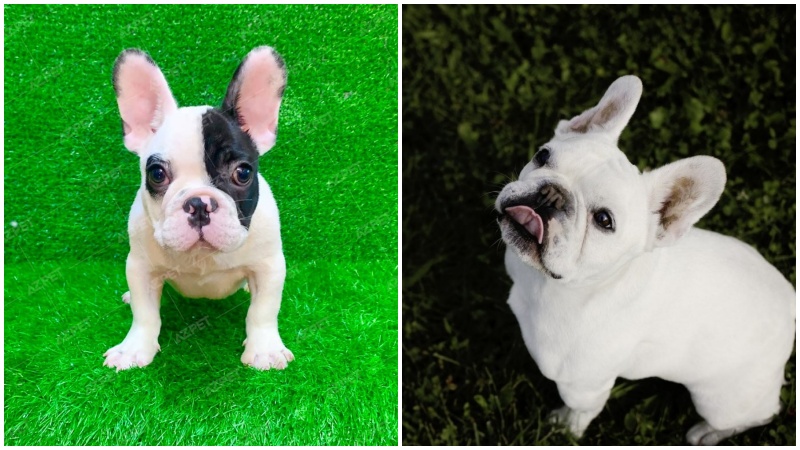 The Charming Expressions of French Bulldogs
The Charming Expressions of French Bulldogs
Friendly
French Bulldogs get along well with other dogs and are not known for barking or biting. Instead, they enjoy playful interactions with their canine companions.
Expressive
French Bulldogs are adept at expressing their emotions through facial expressions. They can convey happiness or sadness, allowing their owners to understand their feelings.
Loyal
French Bulldogs are incredibly loyal companions, which is why they are such popular pets. They respond well to gentle and affectionate care, becoming even more lovable and obedient.
3 Caring for French Bulldogs
Diet
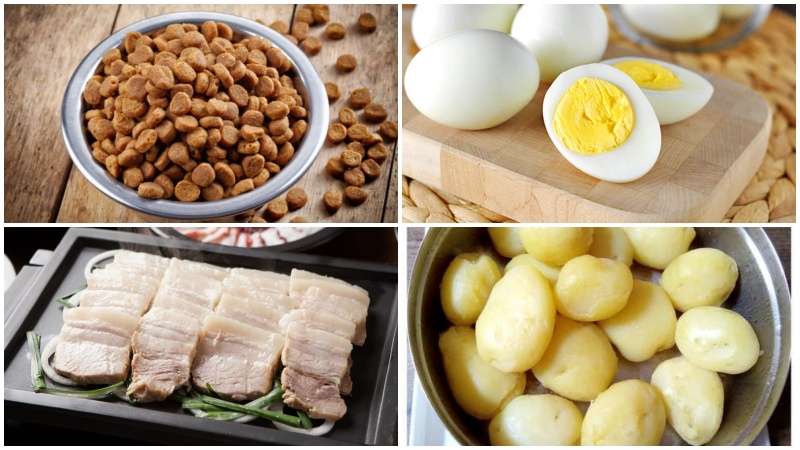 Nutritious Food for French Bulldogs
Nutritious Food for French Bulldogs
French Bulldogs can be fed both commercial and homemade food. When choosing commercial food, select a variety suitable for their breed, size, and age.
Here are some nutritious additions to their diet:
- Protein-rich foods such as chicken, beef, pork, duck, and organ meats like chicken hearts and gizzards.
- Carbohydrate-rich foods like cooked rice or pasta.
Health Concerns
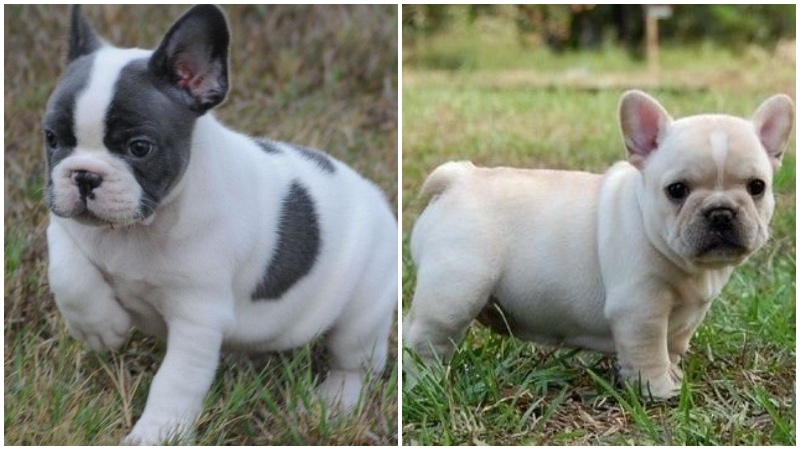 French Bulldogs May Face Health Challenges
French Bulldogs May Face Health Challenges
While French Bulldogs are generally healthy, they may be prone to certain health issues:
- Obesity – French Bulldogs tend to overeat and lead sedentary lifestyles, which can lead to weight gain. A balanced diet and regular exercise are crucial to maintaining a healthy weight.
- Breathing Difficulties – Inbreeding has led to weaker respiratory systems in French Bulldogs. Their characteristic flat noses can also cause breathing problems and wheezing.
- Skin Infections – French Bulldogs may suffer from skin infections due to an unclean environment, flea and tick infestations, or using the wrong shampoo. Symptoms include red, inflamed skin and hair loss.
- Eye Infections – French Bulldogs are prone to eye issues such as cataracts, conjunctivitis, and dry cornea. Treatment depends on the specific condition and may involve removing allergens or using prescription eye drops.
4 Additional Care Tips for French Bulldogs
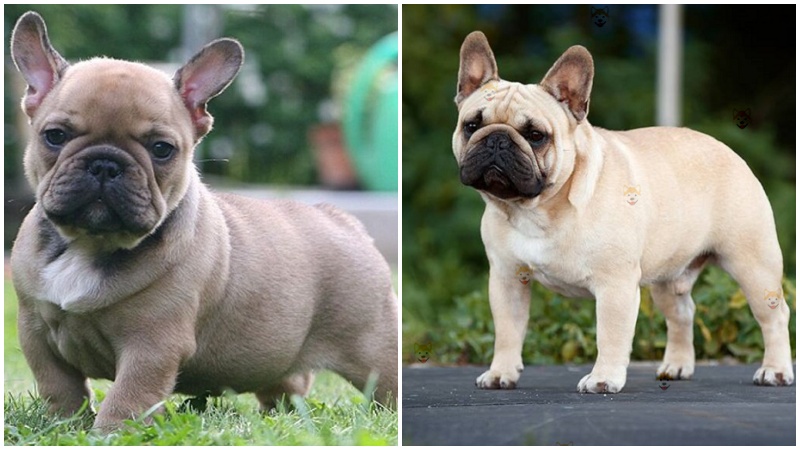 Important Care Tips for French Bulldogs
Important Care Tips for French Bulldogs
Environment
It is essential to maintain a comfortable temperature for your French Bulldog, especially during extreme weather conditions. In winter, provide warm clothing, and in summer, ensure the room temperature is cool enough to prevent heatstroke.
Reproduction
Due to their short legs and stout build, French Bulldogs may require surgical assistance during childbirth to ensure the safety of both mother and puppies.
Grooming
French Bulldogs have short coats that don’t require frequent bathing. Once a month or as needed is sufficient. After bathing, remember to brush their coat and thoroughly dry it with a hairdryer to prevent hair loss and skin infections.
5 French Bulldog Pricing
Here is a price range for French Bulldogs in Vietnam:
 Price Range for French Bulldogs
Price Range for French Bulldogs
- Locally bred French Bulldogs with pure lineage and proper documentation typically cost between 6,000,000 and 11,000,000 VND.
- French Bulldogs imported from Thailand can range from 18,000,000 to 25,000,000 VND and come with complete paperwork.
- French Bulldogs imported from Europe are priced higher, ranging from 45,000,000 to 70,000,000 VND. They also come with complete documentation and pedigree information.
6 Training Your French Bulldog
French Bulldogs can be stubborn, so it’s best to start training them early, around three months of age. Socialization is key, so take them to parks and public spaces to expose them to different environments and people.
Potty Training
When you notice your French Bulldog showing signs of needing to relieve itself, take it outside or provide it with newspaper to do its business. With consistent training over 1-2 weeks, your pup will learn to relieve itself in the designated spot. Remember to praise it when it does well!
Teaching Basic Commands
Sit – Hold a treat near your French Bulldog’s nose and let it follow the scent. As it raises its head to follow the treat, use your hand to guide it into a sitting position. Reward it with the treat when it sits. Repeat this process until it associates the action with the command.
 Training Your French Bulldog
Training Your French Bulldog
Lie Down – After your French Bulldog has mastered the sit command, you can teach it to lie down. Give the “sit” command, then gently press down on its shoulders while pulling its front legs forward.
Shake Hands – Start with the “sit” command, then say “shake hands” and lift its right paw with your left hand. Reward it with a treat when it follows the command. With consistent practice, it will learn to associate the verbal command with the action.
Controlled Feeding – Place your French Bulldog’s favorite food in a bowl and restrain it with a leash. When it tries to eat, pull the leash and say “no.” After a few seconds, release the leash and say “eat.” With repetition, it will learn to wait for your command before eating.
7 Frequently Asked Questions about French Bulldogs
How can you distinguish a French Bulldog from a Boston Terrier?
 Differentiating French Bulldogs from Boston Terriers
Differentiating French Bulldogs from Boston Terriers
French Bulldogs have shorter, stockier legs and a more muscular build. They also have deeper wrinkles on their faces. In contrast, Boston Terriers have longer, thinner legs and fewer wrinkles on their cheeks and forehead.
Are French Bulldogs picky eaters?
French Bulldogs are known for their hearty appetites and will eat just about anything. They particularly enjoy meat, as their digestive system is well-suited for processing animal protein. Their diet should be rich in protein and fiber to meet their energy needs.
 French Bulldogs Are Not Picky Eaters
French Bulldogs Are Not Picky Eaters
Are French Bulldogs friendly?
Despite their wrinkled faces and flat noses, which may give them a stern appearance, French Bulldogs are incredibly friendly and affectionate. They are playful and lively companions that will quickly win your heart.
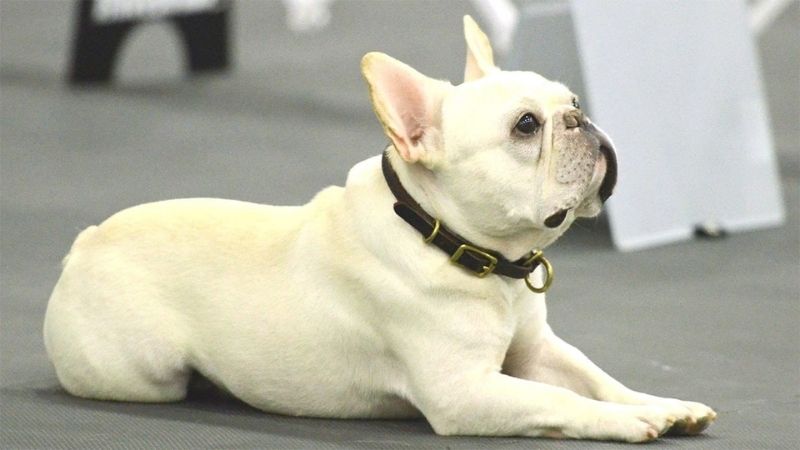 French Bulldogs Are Friendly and Affectionate
French Bulldogs Are Friendly and Affectionate
We hope this comprehensive guide has provided you with valuable insights into caring for your French Bulldog. Remember to give your furry friend the love and attention it deserves, and you’ll be rewarded with a loyal and loving companion for life.




























